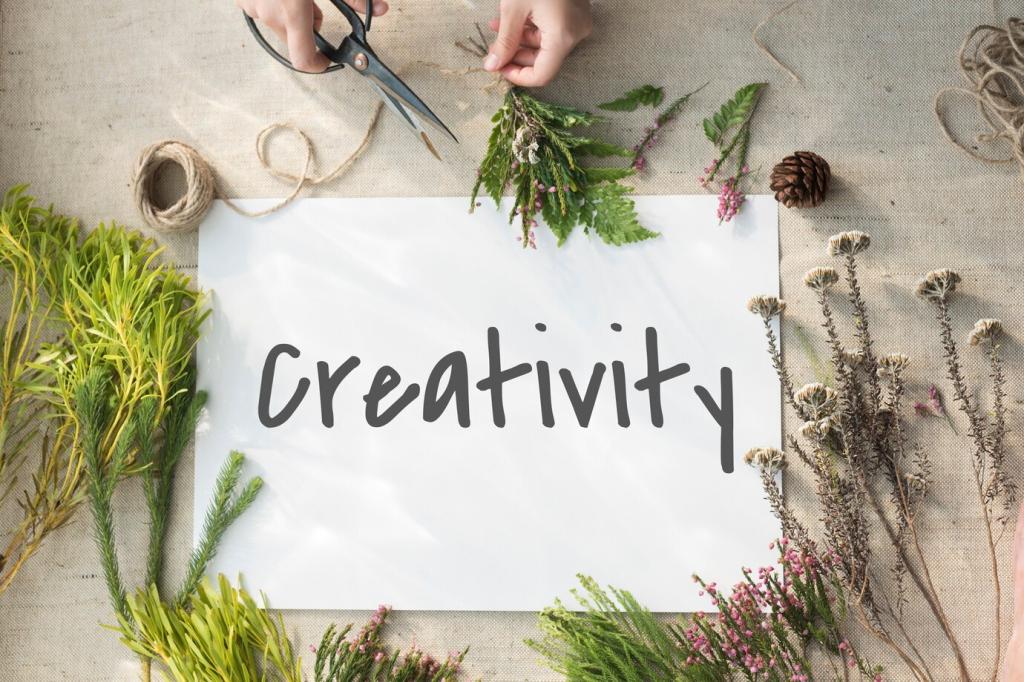Practical Workflow: Git, GitHub Classroom, and Pull Requests
Teach students to fork the template, create feature branches, and submit pull requests. Code reviews become feedback on writing clarity, structure, and accessibility—not just syntax. Share your rubric for PR reviews, and we will publish a community-curated checklist.
Practical Workflow: Git, GitHub Classroom, and Pull Requests
Integrate GitHub Actions to run Lighthouse audits, link checkers, and HTML validators. Build confidence with every merge. Comment with your favorite CI steps, and subscribe to receive a sample workflow that students can understand in their first week.
Practical Workflow: Git, GitHub Classroom, and Pull Requests
A literature teacher cloned a template Monday and launched a polished reading archive Friday. Students managed issues, improved headings, and wrote release notes. Share your sprint timeline or retrospective, and inspire another educator to take the first step this month.





